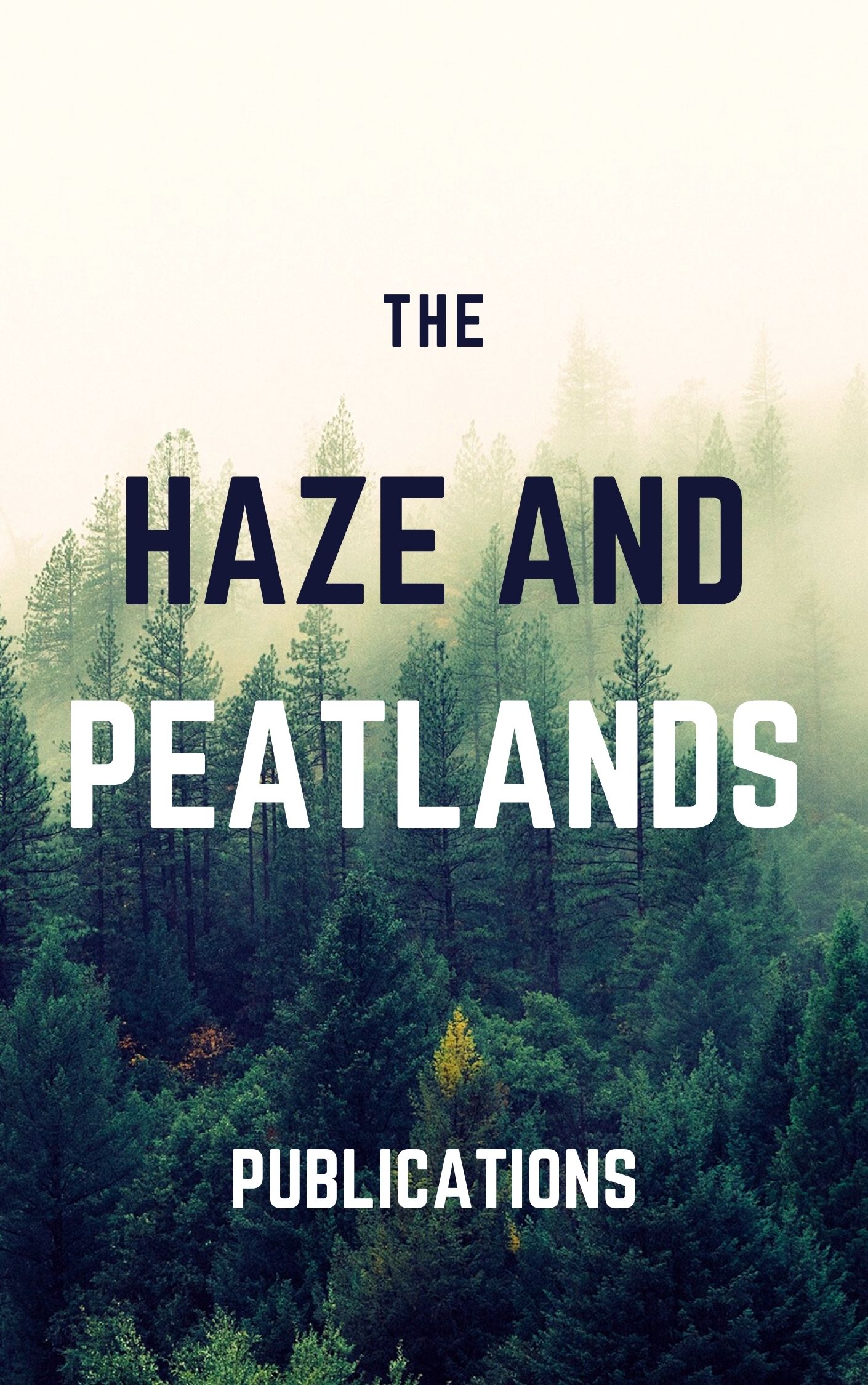With increasing evidence of adverse health effects associated with particulate matter (PM), the exposure impact of natural sources, such as forest fires, has substantial public health relevance. In addition to the threat to nearby communities, pollutants released from forest fires can travel thousands of kilometers to heavily populated urban areas. There was a dramatic increase in forest fire activity in the province of Quebec, Canada, during July 2002. The transport of PM released from these forest fires was examined using a combination of a moderate-resolution imaging spectroradiometer satellite image, back-trajectories using a hybrid single-particle Lagrangian integrated trajectory, and local light detection and ranging measurements. Time- and size-resolved PM was evaluated at three ambient and four indoor measurement sites using a combination of direct reading instruments (laser,time-of-flight aerosol spectrometer, nephelometer, and an oscillating microbalance). The transport and monitoring results consistently identified a forest fire related PM episode in Baltimore that occurred the first weekend of July 2002 and resulted in as much as a 30-fold increase in ambient fine PM.. On the basis of tapered element oscillating microbalance measurements, the 24 h PM2.5 concentration reached 86 mug/m(3) on July 7, 2002, exceeding the 24 h national ambient air quality standard. The episode was primarily comprised of particles less than 2.5 mum in aerodynamic diameter, highlighting the preferential transport of the fraction of PM that is of greatest health concern. Penetration of the ambient episode indoors was efficient (median indoor-to-outdoor ratio 0.91) such that the high ambient levels were similarly experienced indoors. These results are significant in demonstrating the impact of a natural source thousands of kilometers away on ambient levels of and potential exposures to air pollution within an urban center. This research highlights the significance of transboundary air pollution and the need for studies that assess the public health impacts associated with such sources and transport processes.
View source

